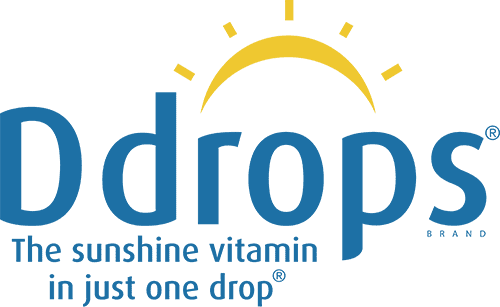The 2019 Canadian Food Guide considers everything from how to prepare your food to who you eat it with. Some notable changes in this edition are the inclusion of the environment, the exclusion of portion size, and an emphasis on practicing healthy eating habits.
In this edition, the recommendations around food are approached differently than any other food guide as part of Health Canada’s “Healthy Eating Strategy“. [1] Moving away from the food groups we’ve seen in the past; the 2019 food guide takes a more holistic approach to healthy eating focusing on proportions and what your meal should look like on a plate.
Healthy Food Choices
- Have plenty of vegetables and fruits
- Choose whole-grain foods
- Eat protein foods
- Make water your drink of choice
Vegetables and Fruits
Vegetables and fruits provide key vitamins and nutrients for our bodies. Under the new food guide, colourful, nutrient-dense fruits and veggies have taken over half the plate, encouraging more plant-based eating.
We know what you’re thinking – eating fresh is a great idea but can be expensive and is not always available. Thankfully, frozen vegetables and fruits maintain the vitamins and nutrients we need without a high price tag.
Be mindful – not all pre-prepared vegetables and fruits are made equal. When considering canned foods, go for the little to no added sodium option. As for dried fruit, consider eating it alongside a meal rather than as a snack. [2] Dried fruits are high in sugar and can cause cavities.
Whole Grain
While many would consider whole wheat or multi-grain foods to be in the same category as whole grain, there is a key difference. Whole-grain foods have more fiber than ‘refined grains’ because they include every part of the grain, whereas ‘refined grains’ removes parts of the grain as it is being processed.
A helpful tip is to read the nutrition label for the percent of daily fiber, as whole-grain contains more fiber than the average whole wheat or multi-grain food option.
Proteins
In the 2019 edition, there is a push to consider more plant-based sources of protein rather than dairy or meat. Plant-based proteins tend to contain more fiber and less saturated fats than other protein-rich foods, which is healthier for our hearts.
Fats
If you choose to use oil when preparing your food, consider oils with healthy, unsaturated fats like olive oil. When considering heart health, the type of fat you have over time plays a more important role than the amount of fat you eat. [3]
Drinks
It is simple to understand why water is considered the guide’s ‘drink of choice’ – it keeps you hydrated without the added calories.
We’re not saying you can’t indulge from time to time. If you’re looking to switch things up, the guide recommends adding flavour to your water with fruits, having unsweetened drink options, and limiting drinks that contain sodium, sugars, and saturated fats. [4]
Healthy Eating Habits
Healthy eating is more than the foods you eat, it is also where and who you eat with. Here are some points to consider when you are considering your next meal:
The main message of the new food guide is to be mindful of what you’re eating and to enjoy in moderation. If you find that you are not getting the right vitamins in your diet, consider taking a supplement that suits your lifestyle.
Ddrops® vitamin D and DHA supplements are available online on Amazon, and at many local retailers near you.
To see the history of Canada’s Food Guide from 1942 to 2019, visit here.







Leave a comment
This site is protected by hCaptcha and the hCaptcha Privacy Policy and Terms of Service apply.